PPT-Writing Body Paragraphs and Successful Transitions
Author : olivia-moreira | Published Date : 2017-05-12
Useful stuff for your Research Paper How do I organize my paragraphs Follow your outline Strive for clarityorganize time procedures or priorities in an order that
Presentation Embed Code
Download Presentation
Download Presentation The PPT/PDF document "Writing Body Paragraphs and Successful T..." is the property of its rightful owner. Permission is granted to download and print the materials on this website for personal, non-commercial use only, and to display it on your personal computer provided you do not modify the materials and that you retain all copyright notices contained in the materials. By downloading content from our website, you accept the terms of this agreement.
Writing Body Paragraphs and Successful Transitions: Transcript
Download Rules Of Document
"Writing Body Paragraphs and Successful Transitions"The content belongs to its owner. You may download and print it for personal use, without modification, and keep all copyright notices. By downloading, you agree to these terms.
Related Documents

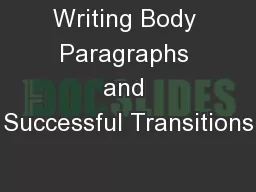
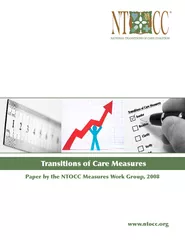
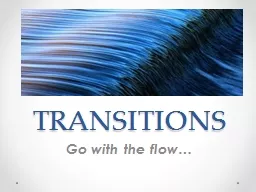
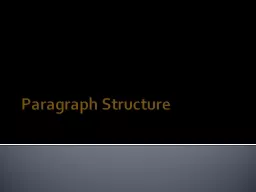
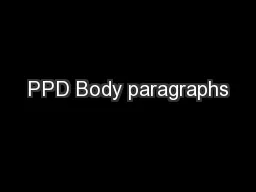
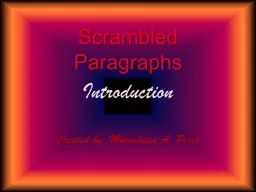
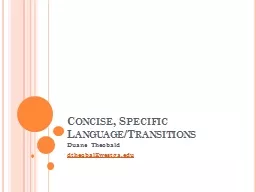
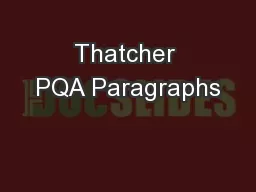
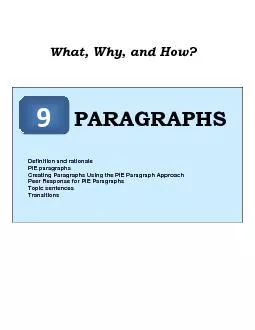
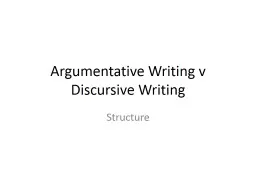
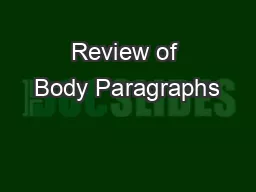
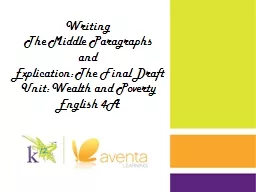
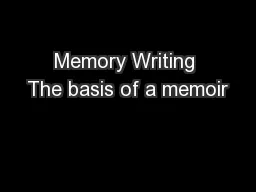
![[EPUB] - Writing a Successful College Application Essay (Barron\'s Writing a Successful](https://thumbs.docslides.com/906666/epub-writing-a-successful-college-application-essay-barron-s-writing-a-successful-college-application-essay.jpg)